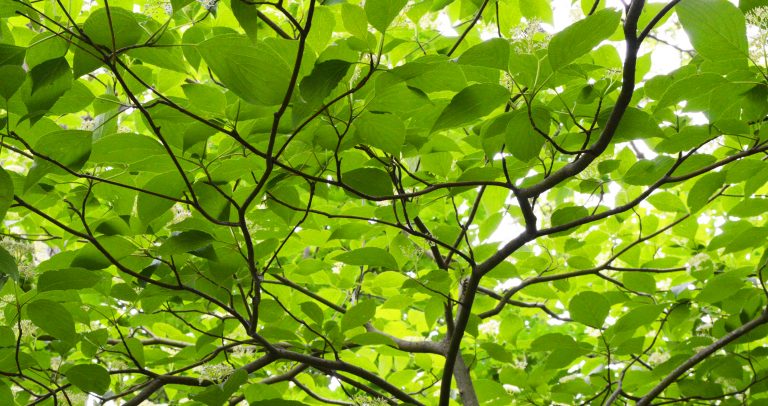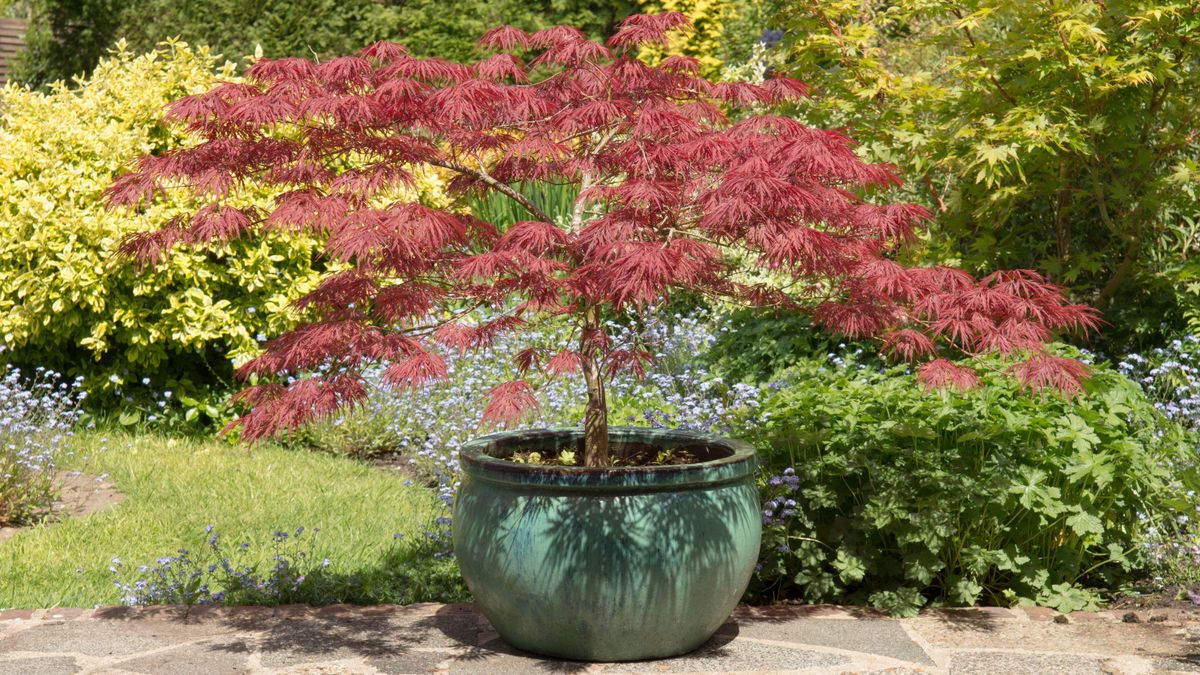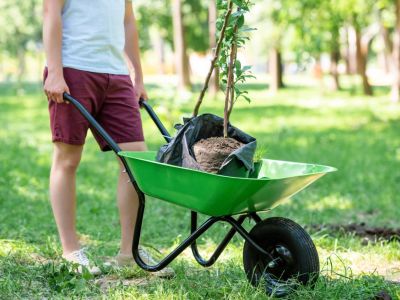Why Summer is a Great Time to Plant Trees
Summer offers a unique opportunity to plant trees that can thrive in the warm weather and longer days. During this season, trees experience an increased growth rate, which enables them to establish a strong root system before the next growing season. This is particularly important for trees that can be planted in summer, as they need to be able to withstand the heat and drought that often accompanies the season. By taking advantage of summer planting, trees can quickly establish themselves and develop a robust root system, setting them up for long-term success. Additionally, summer planting allows trees to become established before the winter months, reducing the risk of winter damage and ensuring a healthy start to the next growing season.
Choosing the Right Tree Species for Summer Planting
When it comes to planting trees in summer, selecting the right species is crucial for their survival and success. Trees that can be planted in summer typically thrive in warm weather and can tolerate drought, making them ideal for regions with hot summers. Drought-tolerant species, such as oak and mesquite, are excellent choices for summer planting, as they can withstand the dry conditions and require minimal watering. Fruit trees, like apple and peach, are also well-suited for summer planting, providing shade and delicious fruit for years to come. Ornamental trees, such as crape myrtle and flowering dogwood, add beauty and color to landscapes, making them a popular choice for summer planting. By choosing the right tree species, homeowners can ensure their trees thrive in the summer heat and provide long-term benefits.
How to Prepare the Soil for Summer Tree Planting
Before planting trees in summer, it’s essential to prepare the soil to ensure optimal growth and health. Trees that can be planted in summer require well-draining soil with a suitable pH level to thrive. Start by testing the soil pH to determine if it’s acidic, alkaline, or neutral. Based on the results, add organic matter like compost or manure to adjust the pH level and improve soil fertility. Remove any debris, rocks, and weeds that can compete with the tree’s roots for water and nutrients. Till the soil to a depth of 12-18 inches to loosen the soil and promote root growth. Finally, rake the soil to create a smooth, even surface for planting. By preparing the soil properly, homeowners can give their trees a strong foundation for growth and development.
Selecting Healthy Trees for Summer Planting
When selecting trees for summer planting, it’s crucial to choose healthy trees that can thrive in the warm weather. Trees that can be planted in summer require careful inspection to ensure they are free from diseases and pests. Start by inspecting the tree’s roots, looking for signs of damage or decay. A healthy root system is essential for the tree’s growth and development. Next, examine the trunk, checking for cracks, wounds, or signs of disease. The canopy should be full and lush, with no signs of pests or diseases. When purchasing trees from a nursery or garden center, ask the staff about the tree’s history, including its origin, age, and growing conditions. A healthy tree will have a well-developed root system, a straight trunk, and a full canopy. By selecting healthy trees, homeowners can ensure their trees get off to a strong start and thrive in the summer heat.
Planting Trees in Summer: A Step-by-Step Guide
Planting trees in summer requires careful planning and execution to ensure successful establishment. When planting trees that can be planted in summer, follow these steps to give your trees the best start. First, dig a hole that is two to three times the width of the tree’s root ball and just as deep. Gently remove the tree from its container, taking care not to disturb the roots. If the roots are wrapped in burlap, remove the burlap and any string or wire. Place the tree in the hole, making sure the root flare (where the trunk flares out at the base of the tree) is level with the soil surface. Fill the hole with soil, tamping it down gently as you go to remove any air pockets. Water the tree thoroughly to settle the soil. Finally, mulch around the base of the tree to retain moisture and suppress weeds. By following these steps, homeowners can ensure their trees get off to a strong start and thrive in the summer heat.
Caring for Newly Planted Trees in Summer
Proper care is essential for newly planted trees in summer to ensure they establish a strong root system and thrive in the heat. One of the most critical aspects of caring for newly planted trees is watering. Trees that can be planted in summer require consistent moisture, especially during the first year after planting. Water newly planted trees deeply once or twice a week, depending on weather conditions. Fertilizing is also crucial, as it provides trees with the necessary nutrients for growth. Apply a balanced fertilizer in the early growing season, following the manufacturer’s instructions. Pruning is another essential aspect of tree care, as it helps maintain the tree’s shape and promotes healthy growth. Prune newly planted trees in the dormant season to minimize stress and prevent disease. Regularly monitor the tree’s health, looking for signs of pests, diseases, or nutrient deficiencies. Address any issues promptly to prevent them from becoming severe. By providing proper care, homeowners can help their trees thrive in the summer heat and establish a strong foundation for future growth.
Trees that Can Tolerate Heat and Drought
When it comes to planting trees that can be planted in summer, it’s essential to choose species that can thrive in hot and dry conditions. Some trees are more tolerant of heat and drought than others, making them ideal for summer planting. Mesquite trees, for example, are native to the southwestern United States and can tolerate extreme temperatures and drought. They have a deep root system that allows them to access water deep in the soil, making them highly resistant to drought. Palo verde trees are another popular choice for summer planting, known for their vibrant yellow flowers and ability to thrive in full sun. They require minimal watering and can tolerate temperatures up to 100°F. Desert willow trees are also a great option, with their slender branches and fragrant flowers. They prefer well-draining soil and full sun, making them perfect for hot and dry climates. When planting trees that can be planted in summer, it’s crucial to choose species that are well-suited to the local climate and soil conditions. By doing so, homeowners can ensure their trees thrive in the heat and provide shade and beauty for years to come.
Summer Tree Planting Mistakes to Avoid
When planting trees that can be planted in summer, it’s essential to avoid common mistakes that can hinder tree establishment and growth. One of the most critical mistakes to avoid is planting too deeply. This can cause the tree’s roots to rot, leading to disease and pest issues. To avoid this, make sure to plant the tree at the same depth as it was in the nursery, and avoid covering the root flare with soil. Another mistake to avoid is overwatering. While trees need adequate moisture, especially in the summer, overwatering can be detrimental. Check the soil regularly to ensure it’s not waterlogged, and avoid watering during the hottest part of the day. Neglecting soil preparation is also a common mistake. Soil preparation is crucial for tree health and growth, so make sure to test the soil pH, add organic matter, and remove debris before planting. By avoiding these common mistakes, homeowners can ensure their trees establish a strong root system and thrive in the summer heat. Additionally, it’s essential to choose tree species that are well-suited to the local climate and soil conditions, such as trees that can tolerate heat and drought. By doing so, homeowners can enjoy the benefits of trees that can be planted in summer, including shade, beauty, and improved air quality.






